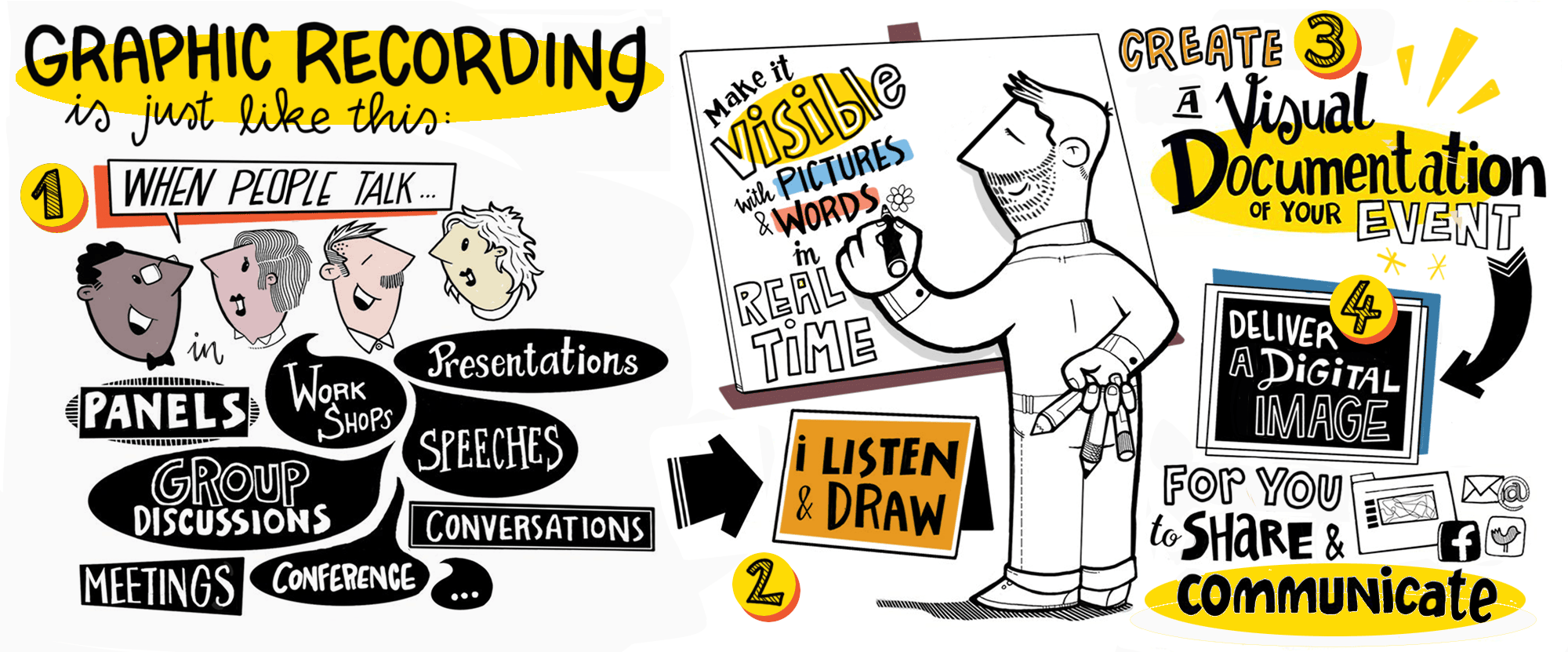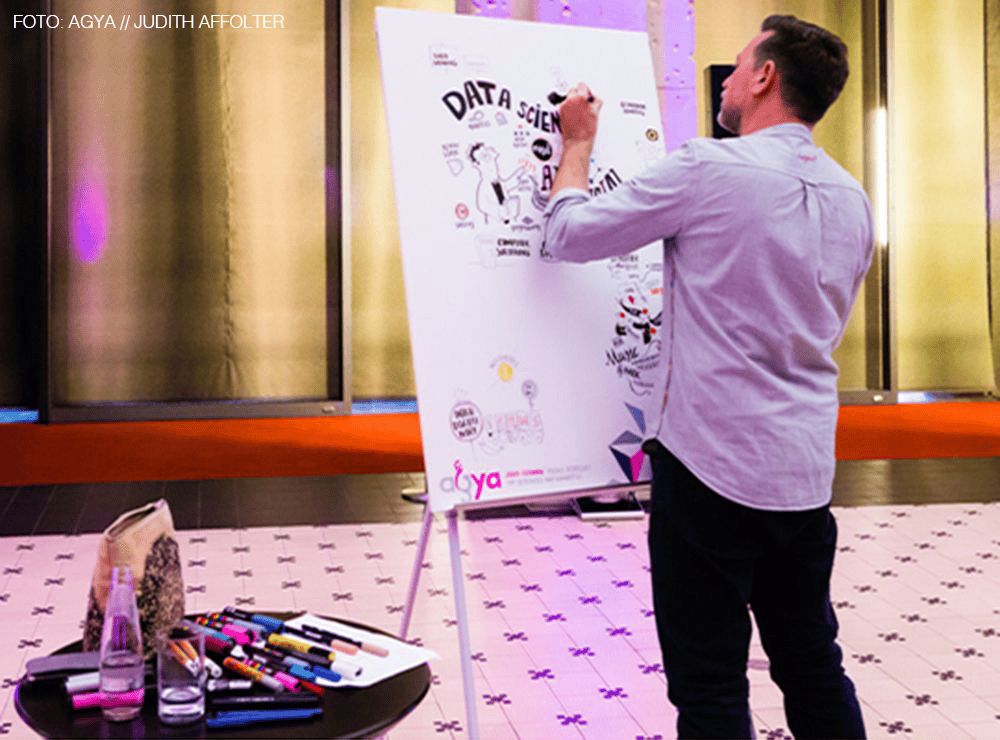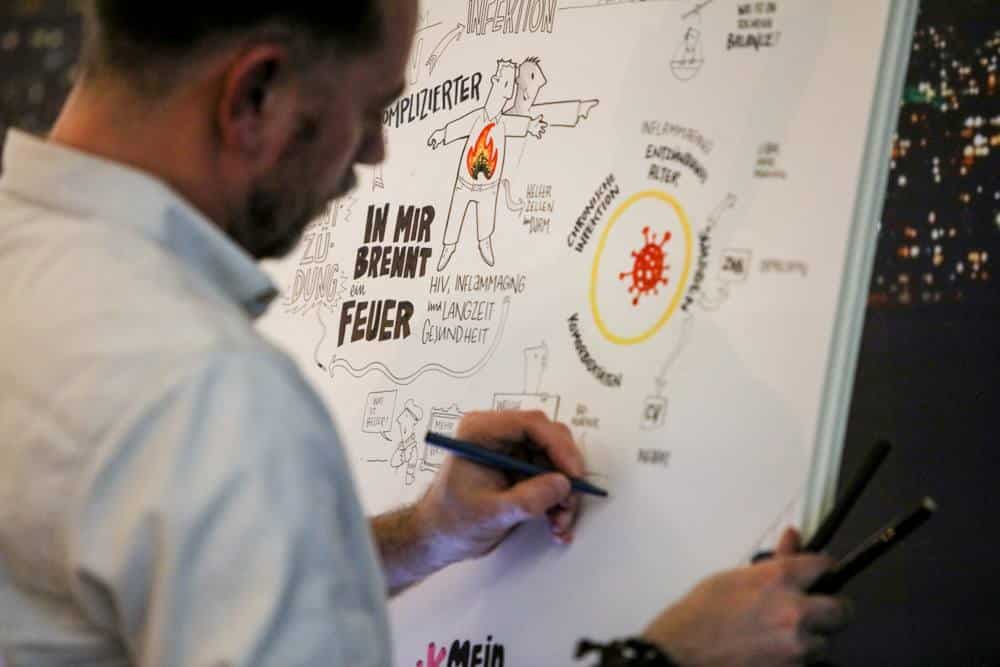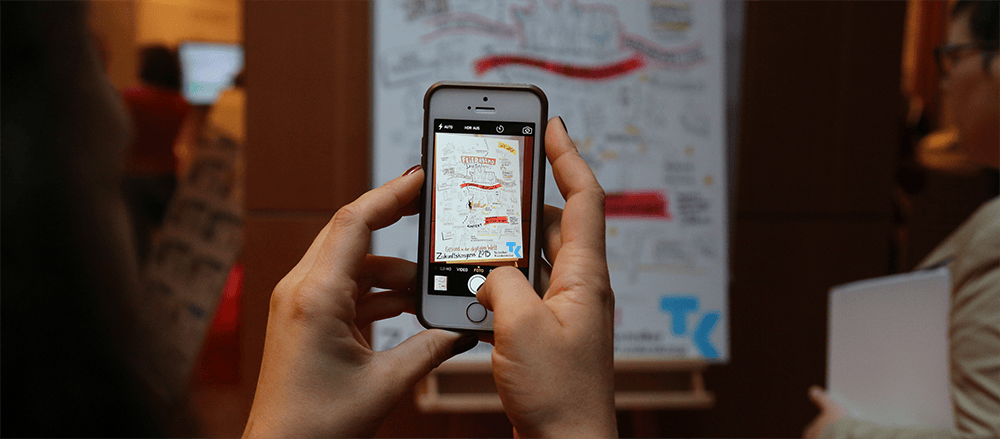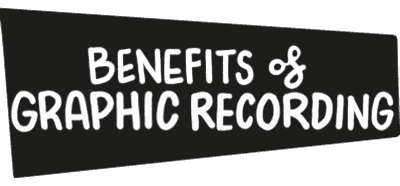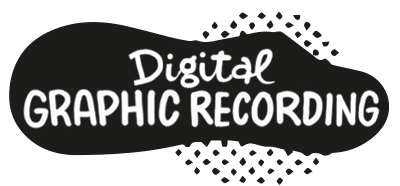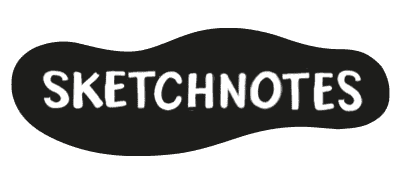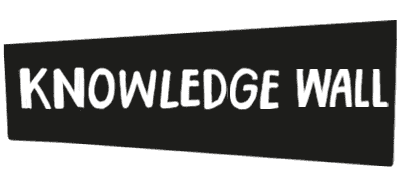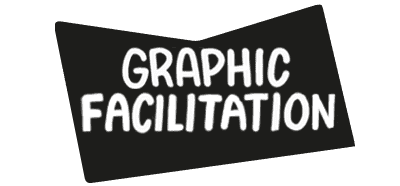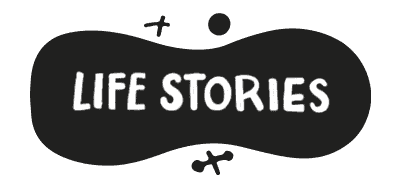Graphic Recording explained in brief
Graphic Recording is an innovative method for capturing information in real-time in a visual way. It is increasingly used in conferences, meetings, and workshops. When people are talking, discussing, presenting, or collaborating, relevant ideas and results can be documented. Graphic Recording is the art of visual documentation and offers real advantages.
Graphic Recording is also known as Visual Documentation, Live Illustration, or Visual Protocol. Depending on the region, it may also be referred to as (live) Scribing or Visual Recording. Particularly in the United States, Graphic Recording is offered as Graphic Facilitation or Visual Facilitation, actively supporting group processes more methodically than just providing accompanying visual documentation.




